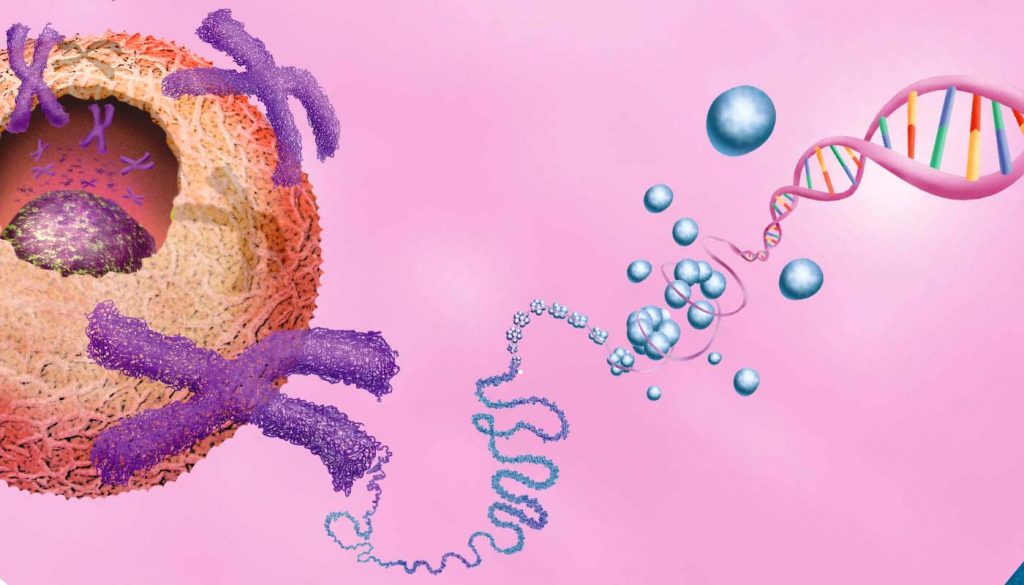The Coolest Biology Discoveries Enabled by AI (So Far)
- September 27, 2025
- By Ryan Harris
Biology has been shaken awake. The old pace of discovery, measured in decades, slowed by tedious experiments and data overload, has been shoved aside by algorithms that don’t tire, hesitate, or overlook details.
AI rips through mountains of information, connecting dots hidden in plain sight and unearthing patterns that once went unnoticed.
What was once gradual and cautious now feels urgent, almost unruly, as machines challenge scientists to keep up with the speed of revelation. Rather than a quiet helper, AI arrives like a rival mind at the table, relentless and unsparing, forcing biology into a new era of accelerated discovery.

Cracking the Protein Puzzle
Proteins are the workhorses of life, shaping everything from muscle fibers to enzymes that speed up chemical reactions. For decades, one of the hardest challenges in biology was figuring out how proteins fold—the complex shapes they twist into after being built from amino acids. This folding determines their function, but predicting it was like trying to guess the final shape of a crumpled piece of paper just by looking at it flat.
Enter AI. In 2020, Google DeepMind’s program AlphaFold shocked the scientific community by accurately predicting protein structures with near-lab precision. This wasn’t just a tech demo—it opened the door to faster drug development, more targeted treatments, and a deeper understanding of diseases like Alzheimer’s, where misfolded proteins play a key role.
Today, scientists use AI-powered protein models to design new enzymes that could break down plastic waste, fight antibiotic resistance, and even capture carbon from the atmosphere. What once took years in a lab can now be achieved in days, and the ripple effects for medicine and environmental science are enormous.
Another striking application is RoseTTAFold, developed by researchers at the University of Washington. This AI system builds on AlphaFold’s success and has already been used to design entirely new proteins with specific purposes, such as creating light-sensitive molecules that could one day treat blindness.
Mapping the Human Genome in Detail
The Human Genome Project gave us the first draft of our genetic code back in 2003, but AI has pushed the boundaries far beyond what was possible then. Sequencing DNA creates mountains of data, and AI’s ability to sift through this data has made it possible to identify genetic variants linked to diseases more quickly and accurately than ever before.
One striking example is how AI algorithms can scan entire genomes to flag risk factors for conditions like cancer, diabetes, or heart disease. These insights don’t just help doctors predict who might develop a disease; they also guide personalized medicine, where treatments are tailored to an individual’s unique DNA.
AI is also being used to predict how certain genes are expressed in different tissues, giving us a window into how the same genetic code can create such a variety of cells and functions. With these tools, we’re moving toward a world where a simple genome scan could one day give people a roadmap for preventing illness before it starts.
Another frontier lies in AI tools that help assemble genomes of previously unstudied species. By piecing together the DNA of plants, fungi, and animals, researchers can discover new biochemical pathways that may lead to medicines, sustainable crops, or novel biomaterials.
Decoding Animal Communication
For centuries, humans have wondered what animals are trying to say. AI is finally helping us decode their languages. Machine learning models can process recordings of whale songs, bird calls, and even the complex buzzing of bees, identifying patterns that were previously invisible to the human ear.
In one study, AI detected subtle differences in elephant rumbles that revealed not only who was “speaking” but also what they were likely communicating—whether it was a warning, a greeting, or a call to gather. Similarly, researchers are using AI to analyze the clicks and whistles of dolphins, moving closer to creating a kind of dictionary of dolphin speech.
These breakthroughs aren’t just cool; they’re vital for conservation, giving us better tools to monitor species, understand their needs, and protect them in a changing world. AI, in this case, acts like a translator, helping humans finally join the conversation.
An additional breakthrough involves AI decoding the “waggle dance” of honeybees. These movements signal the location of food sources to other bees, and algorithms can now interpret the dances with incredible accuracy, deepening our understanding of pollinator behavior.
Documenting Discoveries with AI
Biology has always depended on careful recordkeeping, but traditional documentation—handwritten notes, field journals, and lab records—can’t keep up with today’s flood of data. AI is transforming this process by acting as a tireless archivist, ensuring that new discoveries are properly captured, connected, and accessible for future research.
One example comes from biodiversity studies. AI-powered systems scan photographs from camera traps, drones, and even citizen science apps, automatically identifying species and logging their presence into global databases. This creates dynamic, living maps of ecosystems that update in real time.
In molecular biology, AI tools read and annotate massive datasets of genetic sequences, organizing them in ways that allow scientists to instantly compare new findings against existing knowledge. Researchers have even used AI to revisit decades-old lab reports and published papers, extracting overlooked insights that contribute to modern projects.
Through automation and pattern recognition, AI ensures that no discovery goes undocumented and that every observation strengthens the collective scientific record. And that’s without starting how AI made things like document editing, note-taking taking and summarizing easy for the average aspiring learner
Tracking Ecosystems from Space
Understanding ecosystems often means piecing together data from countless sources—satellite images, climate records, and field studies. AI has become the perfect tool to integrate all this information, helping scientists track biodiversity and environmental changes on a scale never before possible.
For instance, AI can analyze satellite imagery to monitor deforestation, coral reef bleaching, or even the migration of animal herds across continents. In the Amazon rainforest, AI systems have flagged illegal logging by detecting tiny shifts in canopy cover that would be invisible to the naked eye. In marine biology,
AI models also track plankton blooms, which are critical to the ocean’s food chain and global carbon cycle. These insights are essential for conservation efforts, letting scientists intervene before ecosystems collapse. With AI acting as Earth’s real-time pulse monitor, we’re gaining an unprecedented ability to protect the planet’s most fragile habitats.
Another example comes from AI models that monitor melting glaciers. By combining satellite data with climate simulations, researchers can predict sea level rise with greater accuracy, giving coastal communities more time to prepare.
Conclusion
AI has turned biology into a field of supercharged discovery, speeding up progress that once crawled forward at a snail’s pace.
It has decoded the shapes of proteins, helped map the human genome, uncovered the hidden voices of animals, and discovered entirely new medicines. Beyond human health, it’s monitoring ecosystems, predicting outbreaks, and even giving us new tools to fight climate change. T
hese are just the early chapters of a story that’s still unfolding. As AI continues to evolve, the next wave of biological discoveries may not only change what we know about life on Earth but also how we live within it.


